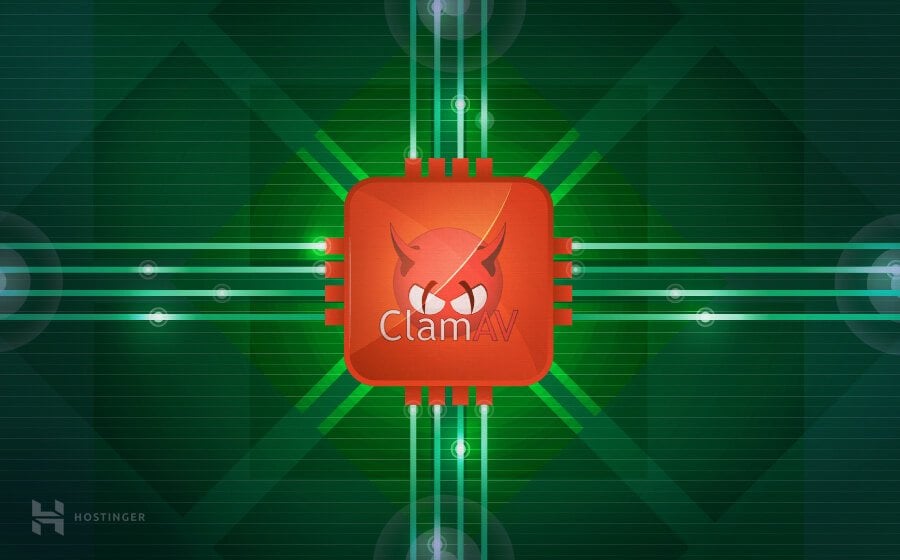How to Install ClamAV on CentOS 7

Introduction
ClamAV is free and open-source antivirus software, which can be used on multiple platforms. In this tutorial, we will overview ClamAV installation on CentOS 7.
What you’ll need
Before you begin this guide you’ll need the following:
- SSH root access to the VPS
Step 1 — Installing ClamAV on CentOS 7
As Clam does not come with default CentOS software repos, we will have to add the additional repository by running yum:
yum -y install epel-release
yum clean all
Now, it’s time to install Clam on CentOS. Once again, just run the following command:
yum -y install clamav-server clamav-data clamav-update clamav-filesystem clamav clamav-scanner-systemd clamav-devel clamav-lib clamav-server-systemd
All is done, you have just installed antivirus software on your server.
Step 2 — Configuring SELinux
SELinux is a security measure aimed at protecting changes to some files. Additional configuration is required if you want to use ClamAV with enabled SELinux kernel module, otherwise Clam will not be able to read some portion of your files. Just execute following commands:
setsebool -P antivirus_can_scan_system 1
setsebool -P clamd_use_jit 1
To verify the changes, run:
getsebool -a | grep antivirus
You should get this result:
antivirus_can_scan_system --> on
antivirus_use_jit --> off
That’s it, ClamAV is ready to use along with SELinux.
Step 3 — Configuring ClamAV
Before Clam configuration can be enabled, you need to remove
Example string from the configuration file:sed -i -e "s/^Example/#Example/" /etc/clamd.d/scan.conf
Next, you will have to specify the server type. Open configuration file with your favorite text editor, in this example we will use nano. If it’s not already installed, install it using yum:
yum install nano -y
Open the configuration file:
nano /etc/clamd.d/scan.conf
Scroll to this line:
#LocalSocket /var/run/clamd.scan/clamd.sock
And change it to:
LocalSocket /var/run/clamd.scan/clamd.sock
Save the changes by hitting CTRL + X shortcut (or COMMAND+X if you are on MAC).
Almost done, now remove
Example string from ClamAV’s freshclam update engine configuration file:sed -i -e "s/^Example/#Example/" /etc/freshclam.conf
Run virus definition database update:
freshclam
You should get similar output:
ClamAV update process started at Tue Dec 19 09:30:20 2016
main.cvd is up to date (version: 57, sigs: 4218790, f-level: 60, builder: amishhammer)
Trying host database.clamav.net (69.163.100.14)...
Downloading daily.cvd [100%]
daily.cvd updated (version: 22739, sigs: 1100989, f-level: 63, builder: neo)
Downloading bytecode-279.cdiff [100%]
Downloading bytecode-280.cdiff [100%]
Downloading bytecode-281.cdiff [100%]
Downloading bytecode-282.cdiff [100%]
Downloading bytecode-283.cdiff [100%]
bytecode.cld updated (version: 285, sigs: 57, f-level: 63, builder: bbaker)
Database updated (5319836 signatures) from database.clamav.net (IP: 168.143.19.95)
Lastly, start Clamd service and run in on boot:
systemctl start clamd@scan
systemctl enable clamd@scanConclusion
You have just taken one of the steps to secure your server by installing ClamAV on CentOS 7. You can now scan your server against malware and viruses.
0 Response to "cara Install ClamAV di CentOS 7"
Post a Comment